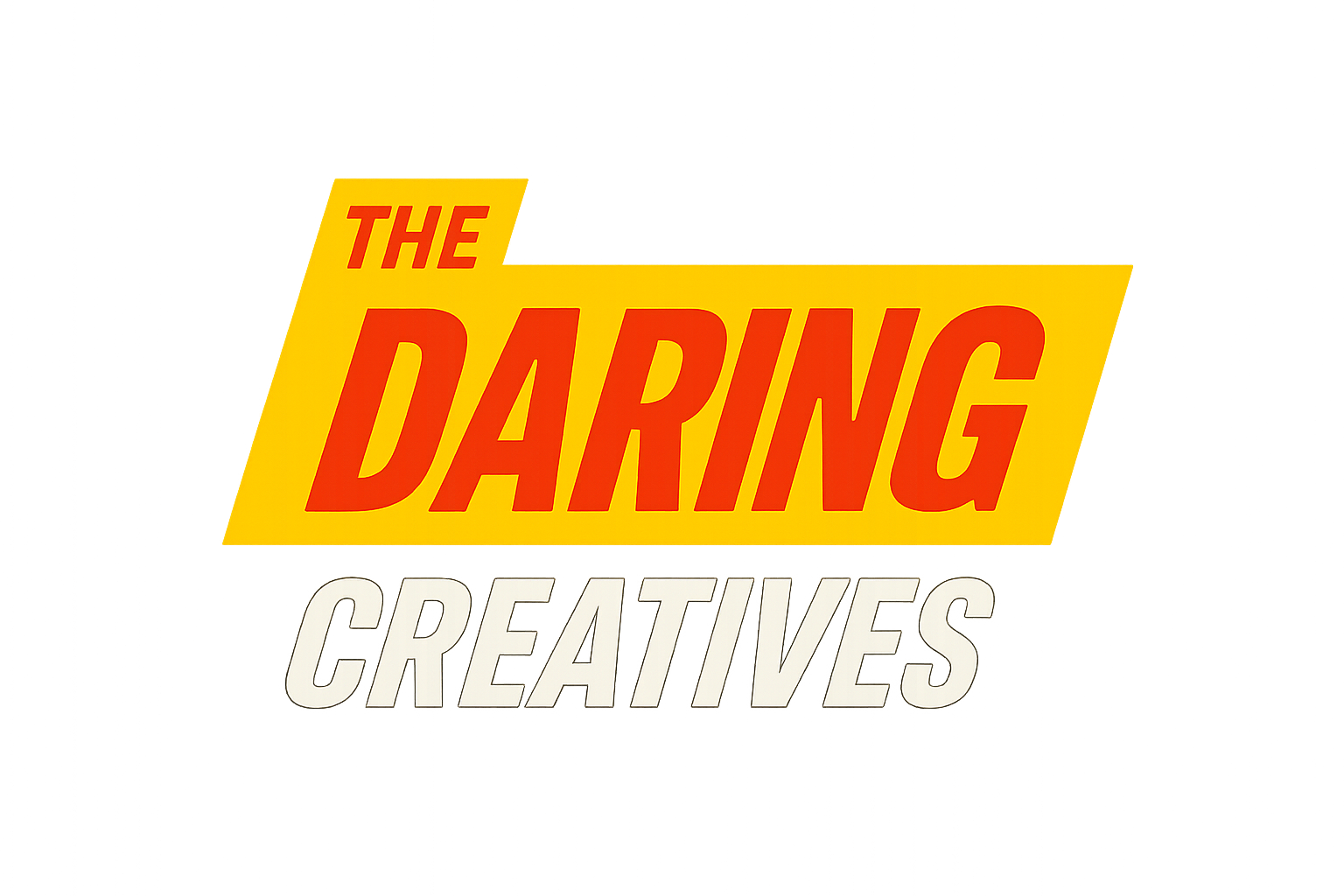Let’s be honest: the speed of AI can feel like standing in front of a firehose. One minute you’re reading about ChatGPT helping people code; the next minute there’s an entirely new tool, a new framework, and it feels like you’re already behind.
Here’s the thing: you don’t have to be a “coder” to start building. You don’t need to learn algorithms, data structures, or remember what for (i=0; i<n; i++) even means. You just need to know how to describe what you want clearly, break it into steps, and stay curious enough to iterate.
This is where vibe coding comes in.
What Is Vibe Coding?
Vibe coding is basically coding by conversation. Instead of sitting down and manually writing code line by line, you describe what you want in plain English, the AI generates it, and you try it out. If it doesn’t work the first time, you tweak your instructions and try again.
Andrej Karpathy (ex-Tesla AI lead) once said “the hottest new programming language is English.” That’s the spirit here — your job isn’t to write perfect code syntax, it’s to guide the AI toward what you want built.
Vibe coding is especially great for creatives because it removes the biggest barrier to entry: needing years of programming experience. You can focus on your idea, your workflow, or your project’s “vibe” — and the AI handles the boilerplate.
My First Project: A Real Example
My first coding project was born out of necessity. I had a marketing job where I needed to clean up a contact list and match it to a Wix database. So I built a little tool to export my iOS contacts as a CSV file, then cross-reference them automatically.
I asked ChatGPT:
“Write me a script that takes my iOS contacts, converts them to CSV, and then lets me search for them against a database.”
That one request turned into a working app i could run on my mac on the first try, and saved me $50 because that's what apps that did this conversion costed in the App Store.
The Vibe Coding Workflow
The core loop is simple.
- Describe the Goal – Tell the AI what you want, like:
“Create a webpage with a black background, a big headline that says ‘My Portfolio’, and a grid of three image placeholders.” - Generate & Test – Copy the code, run it, see what happens.
- Refine – Tell the AI what to fix:
“Make the text larger and centered,” or “Connect this to a Google Sheet so I can update it without touching code.” - Repeat – Iterate until it feels right.
The magic is that you never have to write perfect code — you just keep steering.
Terms You’ll Hear (Without the Jargon Overload)
- Frontend: Everything your users see (buttons, layouts, animations). Think of it like your website’s storefront.
- Backend: The behind-the-scenes engine — databases, authentication, file storage.
- API: A bridge that lets your frontend talk to your backend. Example: when you click “submit,” the API is what sends that data somewhere.
- React: A popular way to build frontends using components (reusable pieces).
- Node.js: Lets you write backend code in JavaScript so you don’t have to learn another language.
- Prompt Engineering: Fancy way of saying “ask better questions.” The clearer your prompt, the better your results.
What You Could Build
The possibilities are endless, but here are a few starter ideas:
- Personal Tools – Automate repetitive work (like I did with my contacts).
- Portfolio Sites – AI can scaffold a React site in minutes, so you can focus on design.
- Mini-Dashboards – Track projects, finances, or habits with a simple web app.
- Email Tools – Build a form that collects leads and drops them into a Google Sheet.
Start small. You’ll be shocked how quickly this turns into real, usable tools.
A Word on “Agentic Coding”
This is where things get really interesting. Tools like Claude Sonnet and Warp are starting to behave like junior developers who can plan, edit, and test entire codebases for you.
Warp, for example, is a terminal (a developer’s command center) that lets you just type in natural language like:
“Build me a website that helps me attract creatives who are curious about AI but don't know where to start.”
And it does the setup for you. This is next-level vibe coding — instead of just snippets, you’re orchestrating whole features. I’ll write a deeper dive on this in the future, but keep it on your radar.
The Mindset Shift
The hardest part isn’t learning tools — it’s letting go of the idea that you have to know everything first.
Your job isn’t to be the computer. Your job is to be the director: to give clear instructions, keep an eye on the big picture, and decide when the code is “good enough.” You’re orchestrating the AI, not fighting it.
If you start with a low-stakes project — a portfolio, a tool for yourself, a silly experiment — you’ll build confidence. And once you build one thing, you’ll start to see opportunities everywhere.

